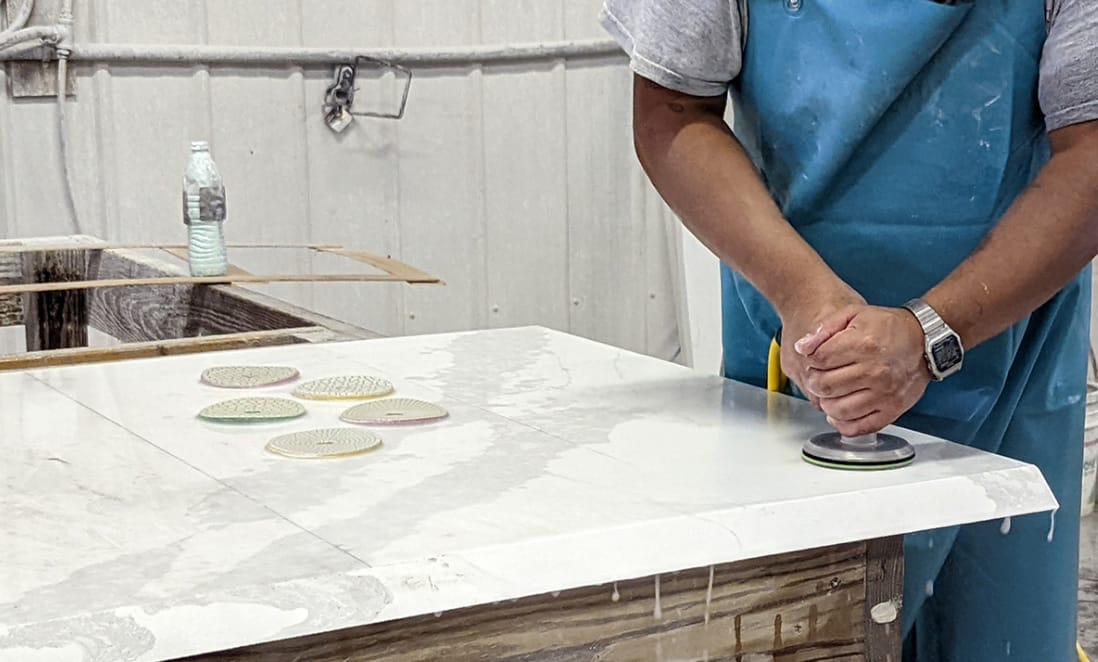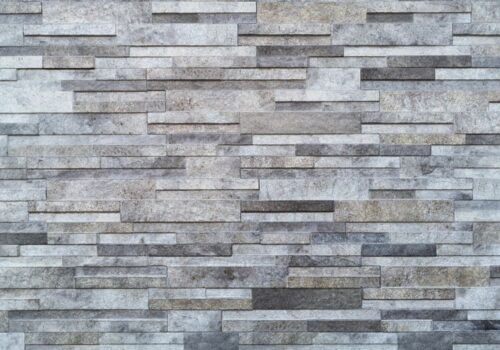5 Common Marble Issues and How to Fix Them at Home
Marble has long been revered for its timeless beauty and sophistication, gracing the floors, countertops, and surfaces of homes around the world. However, even this durable material is not immune to wear and tear over time.
From stains to scratches, understanding common marble issues and how to address them can help you maintain or marble repair the elegance of your space. Below, we delve into five common problems encountered with marble and provide practical solutions for fixing them at home.
Understanding Common Marble Issues
Stains and Discoloration
Marble’s porous nature makes it susceptible to staining from substances like coffee, wine, and oil. When left unattended, these stains can detract from the beauty of the marble surface. However, addressing stains promptly can prevent them from becoming permanent.
To remove stains from marble, start by gently blotting the affected area with a clean, damp cloth to lift as much of the substance as possible. Avoid rubbing, as this can spread the stain further. Next, create a paste using baking soda and water, then apply it to the stained area and let it sit for several hours before gently wiping it away. For stubborn stains, consider using a commercial marble cleaner formulated specifically for removing stains.
Etching and Scratches
Etching occurs when acidic substances, such as lemon juice or vinegar, come into contact with marble, causing a dull, light-coloured mark on the surface. It’s essential to differentiate between etching and scratching, as the two require different approaches for repair.
To minimize etching, avoid placing acidic substances directly on marble surfaces and always use coasters or placemats under glasses and dishes. If etching does occur, try buffing the affected area with a soft cloth and a marble polishing powder to restore the shine. For deeper scratches, consult a professional marble repair specialist who can sand and polish the surface to remove imperfections.
Chips and Cracks
Chips and cracks in marble surfaces can occur due to impact or structural weaknesses in the stone. While small chips and cracks may seem minor, they can worsen over time if left unaddressed. Fortunately, there are simple DIY methods for repairing minor damage to marble.
To repair small chips in marble, start by cleaning the damaged area with a mild detergent and water, then allow it to dry completely. Next, apply a clear epoxy resin or marble repair kit to fill the chip, smoothing it out with a putty knife. Once the epoxy has cured, gently sand the repaired area and polish it to blend with the surrounding marble. For larger cracks or extensive damage, it’s best to seek professional assistance to ensure a proper repair.
Preventive Measures to Protect Marble
Regular Cleaning Tips
Proper cleaning is essential for maintaining the beauty of marble surfaces. Use a pH-neutral cleaner or a mild detergent diluted in water to clean marble regularly, avoiding harsh chemicals that can damage the stone. Wipe up spills immediately to prevent staining, and dry marble surfaces thoroughly to prevent water spots.
Sealing Your Marble
Sealing marble regularly helps protect it from stains and moisture penetration. To determine if your marble needs sealing, perform a simple water test by placing a few drops of water on the surface. If the water beads up, your marble is adequately sealed. If it absorbs into the stone, it’s time to reseal.
To seal marble, choose a high-quality marble sealer designed for your specific type of marble. Apply the sealer evenly using a clean, soft cloth, and allow it to penetrate the stone for the recommended time before wiping away any excess. Repeat this process annually or as needed to maintain optimal protection.
When to Seek Professional Help
Assessing Damage
While many marble issues can be addressed through DIY methods, some damage may require professional intervention. If you’re unsure whether damage to your marble surface can be repaired at home, it’s best to consult a professional marble repair specialist who can assess the extent of the damage and recommend the appropriate course of action.
Choosing a Professional Service
When selecting a professional marble repair service, look for a company with experience working with marble and a reputation for quality craftsmanship. Ask for references and inquire about their repair process to ensure they use techniques that are safe and effective for your marble surfaces.
Conclusion
Maintaining the beauty of marble surfaces requires regular care and attention, but with the right knowledge and preventive measures, you can keep your marble looking pristine for years to come.
By understanding common marble issues and how to address them, you can preserve the elegance of your space and enjoy the timeless beauty of marble for generations. Remember, for more specialized marble repairs and expert advice, don’t hesitate to consult a professional or explore additional resources available on our website.





